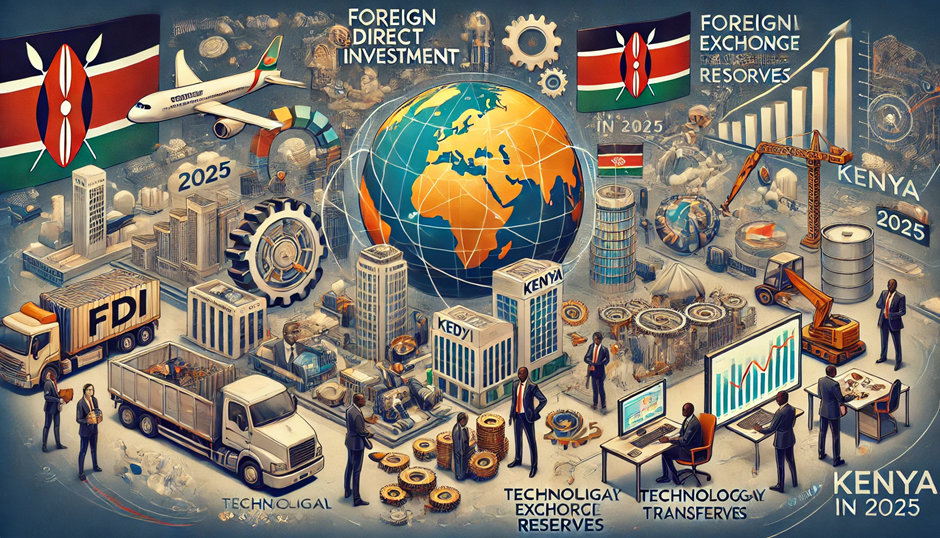
The Gig Economy in Kenya: How Freelancing is Reshaping Employment Trends
Introduction

The gig economy has gained traction globally, and Kenya is no exception. With an increasing number of Kenyans turning to freelancing, contract work, and online gigs, the traditional employment model is shifting. Digital platforms, remote work opportunities, and a growing entrepreneurial spirit are fueling this transformation. This blog explores how the gig economy is reshaping employment trends in Kenya, the opportunities it presents, and the challenges that freelancers face in this evolving landscape.
The Rise of the Gig Economy in Kenya

- Digital Platforms and Online Marketplaces
Kenyan freelancers are leveraging online platforms such as Upwork, Fiverr, and Toptal to secure jobs in various fields, including writing, graphic design, programming, and digital marketing. Local platforms like Kuhustle and Ajira Digital are also providing freelancers with access to gigs tailored to the Kenyan market. - Youth and Tech-Savvy Workforce
Kenya’s youthful population is increasingly embracing gig work, utilizing their tech skills to offer services remotely. With internet penetration growing and digital literacy improving, more individuals are choosing freelancing as a viable career option. - Corporate Shift Toward Contract Work
Companies in Kenya are also adapting to gig economy trends by hiring contract workers instead of full-time employees. This flexibility allows businesses to cut costs while accessing a wider talent pool.
Opportunities Created by the Gig Economy

- Increased Job Opportunities
Freelancing has created new income streams for many Kenyans, especially those unable to secure traditional employment. From content creation to software development, freelancers are now able to earn a living from the comfort of their homes. - Flexible Work Schedules
Freelancing allows workers to choose projects that fit their skills and availability, enabling better work-life balance compared to traditional employment. - Access to International Clients
Many Kenyan freelancers now work with international clients, earning in foreign currencies and increasing their income potential significantly.
Challenges Facing Freelancers in Kenya
- Lack of Job Security
Unlike full-time employment, freelancing does not provide consistent income or benefits such as health insurance and pensions, leaving many gig workers financially vulnerable. - Payment and Transaction Barriers
Receiving payments from international clients can be challenging due to transaction fees, currency conversion issues, and limited access to global payment platforms. - Skill Development and Market Competition
With more people joining the gig economy, competition is increasing. Continuous skill development and specialization are essential for freelancers to remain competitive.
Future of the Gig Economy in Kenya

The gig economy in Kenya is expected to continue expanding, driven by technological advancements, changing employment preferences, and increasing internet access. Government initiatives like Ajira Digital aim to support freelancers by providing training and job opportunities, ensuring sustainable growth in the sector.
Conclusion
The gig economy is redefining employment in Kenya, providing alternative income opportunities for many individuals. While challenges exist, the benefits of freelancing—such as flexibility, global market access, and entrepreneurial growth—make it an attractive option for the modern workforce. With the right policies and support systems, the gig economy has the potential to drive economic growth and job creation in Kenya.
References
- Ajira Digital – Government Initiative for Digital Jobs: https://ajiradigital.go.ke
- Upwork – Global Freelancing Platform: https://www.upwork.com
- Kuhustle – Kenyan Freelancing Platform: https://www.kuhustle.com
- World Bank – Digital Economy in Kenya: https://www.worldbank.org
- Kenya National Bureau of Statistics – Employment Trends Report: https://www.knbs.or.ke








